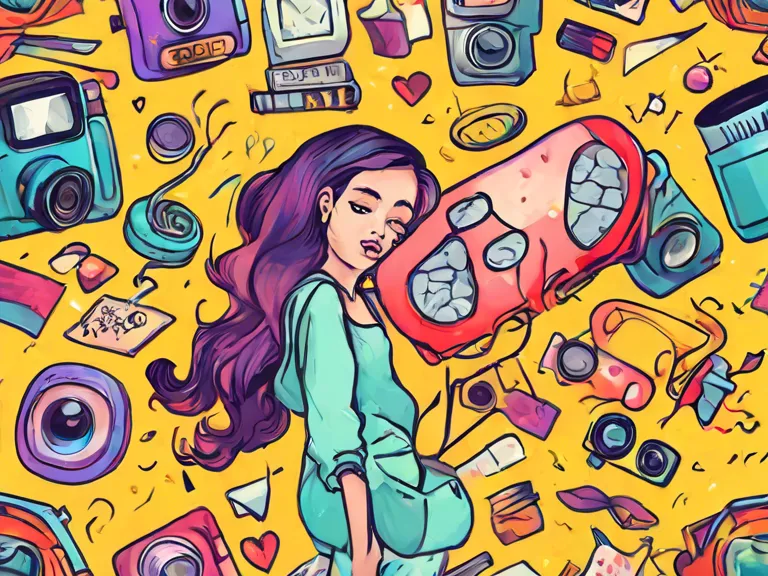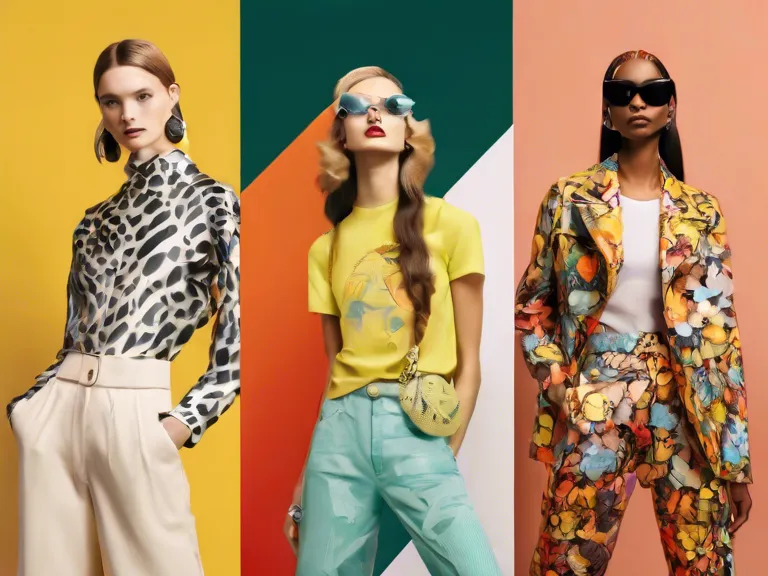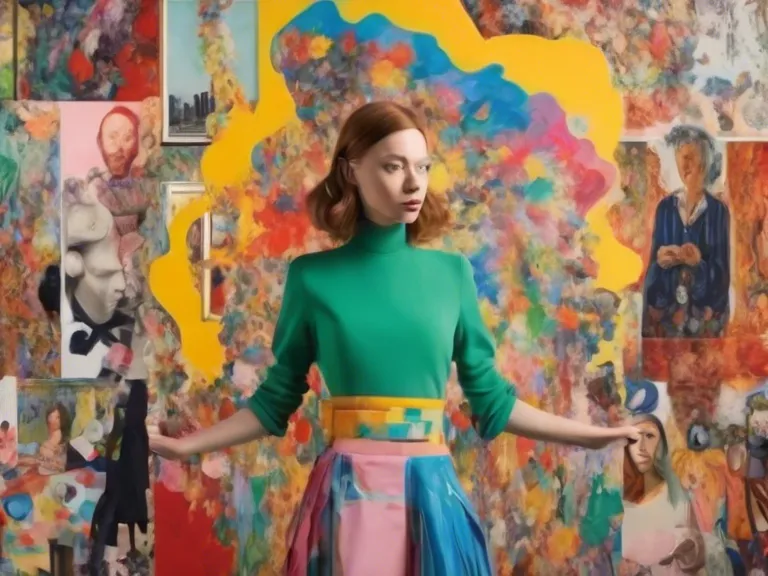
From Classic to Current: Snap Changes in Art Styles and Themes
Art has always been a reflection of society, culture, and individual expression. Throughout history, we have witnessed a diverse range of art styles and themes, each capturing the essence of its time. From the classic works of the Renaissance to the current trends in contemporary art, the evolution of artistic expression has been marked by significant shifts and influences.
The classic art styles of the past, such as Renaissance, Baroque, and Romanticism, focused on depicting religious and mythological themes, exploring ideals of beauty, and showcasing technical mastery. These styles emphasized realism, precision, and detailed representations of the human form and nature. Artists like Leonardo da Vinci, Michelangelo, and Rembrandt set the standard for perfection and innovation in the art world, leaving a lasting legacy that continues to inspire artists today.
As we fast-forward to the present day, we see a dramatic shift in art styles and themes. Contemporary art has become more experimental, multidisciplinary, and diverse, reflecting the complexities of our modern world. Artists are exploring new mediums, pushing boundaries, and challenging traditional norms. Themes of social justice, identity, technology, and the environment are prevalent in contemporary art, highlighting the pressing issues of our time.
The rise of digital art and new technologies has also revolutionized the art world, offering artists innovative ways to create and engage with audiences. From virtual reality installations to digital paintings, artists are embracing technology as a tool for creative expression and storytelling.
Despite the rapid changes in art styles and themes, one thing remains constant: the power of art to inspire, provoke thought, and evoke emotions. Whether we are admiring a classic masterpiece or a cutting-edge contemporary creation, art continues to captivate us and connect us to the world around us.


